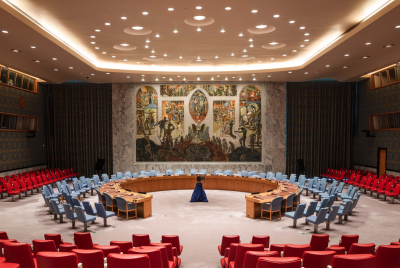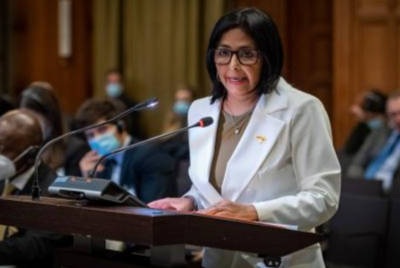Mapping the Syrian Protests: Popular Uprising or Sectarian Conflict?

Syrian president Bashar al-Assad has warned that the fall of his regime would create a dangerous sectarian bloodbath. His image was simple: Sunni Muslims revolting against the ethnic minorities, with the Alawites set to be first on the 'hit list'.
Looking at Syria's history it soon becomes apparent that once again Bashar al-Assad is using a rhetoric which he knew would appeal to many Syrians, who remember the Sunni-ruled Syria between 1946 and 1963 as a time where ethnic and religious minorities were discriminated against and badly perceived by the Sunni upper-middle class.
In opposition, the Assad regime has always portrayed itself as the protector of the minorities against a so-called Islamic extremist threat.
With a vision of Syria deeply divided along sectarian lines, how will the population react if the Assad regime is ousted? Will the Alawites be persecuted and targeted, do the minorities really support the regime and do the Sunni lead the 'revolution'?
In any case, Syria can certainly live without Assad - the beginning might be difficult, but years of 'divide and conquer' policies should not stand in the way of a dictatorship-free Syria.
Facts that are often less cited are that Fares el Khoury, a Syrian-born Christian, was Prime Minister of Syria twice following the Second World War or that the Ba'ath party was co-founded by Michel Aflak, a Syrian Christian.
Also, the Syrian revolution of 1925 against the French occupier was led by a Druze leader called Sultan Al Attrash, with the help of people from various ethnic or religious backgrounds.
While Hafez Al-Assad led an internal war against the Syrian Muslim Brotherhood he also crushed most of the leftist parties that attempted to oppose his rule, regardless of their religious background or ethnic origins.
Looking more carefully at the banners seen in footage showing the protests, sectarian claims are definitely not at the forefront of the anti-Assad movement, but grievances centre around the need for the regime to stop the violent crackdown launched on any form of political opposition, which became a signature of the Assad dynasty under Bashar's father, Hafez al-Assad.
More freedom, more social justice, more economic opportunities, are what the demonstrators are calling for.
Banners held aloft at demonstrations procliam a message of unity: "Arabs, Kurds, Assyrian, Syriac, we are all Syrian" or "Not Sunni, not Alawite. Freedom is what we all want".
The protesters in the streets present a united front and their message seems to be motivated by a demand for change rather than by ethnic tensions. The regime's oppression has throughout the years touched large parts of the population, regardless of the sectarians divides.
Assad's nightmare vision of violent sectarian clashes as a reason for him not to step down are undermined by the reality that the country is already mired in violence, perpetrated by the president's own security forces.
The Syrian opposition has also denounced sectarianism, and insists the ultimate goal is not regime change but rather to build a democratic system that protects the freedom of all Syrian people.
However, with 'Free Syria Army,' made up of army defectors, now showing signs of turning the streets protests into an armed struggle the fear is that with weapons becoming widely available the country in chaos to could soon into civil war.
© Copyright IBTimes 2025. All rights reserved.





















